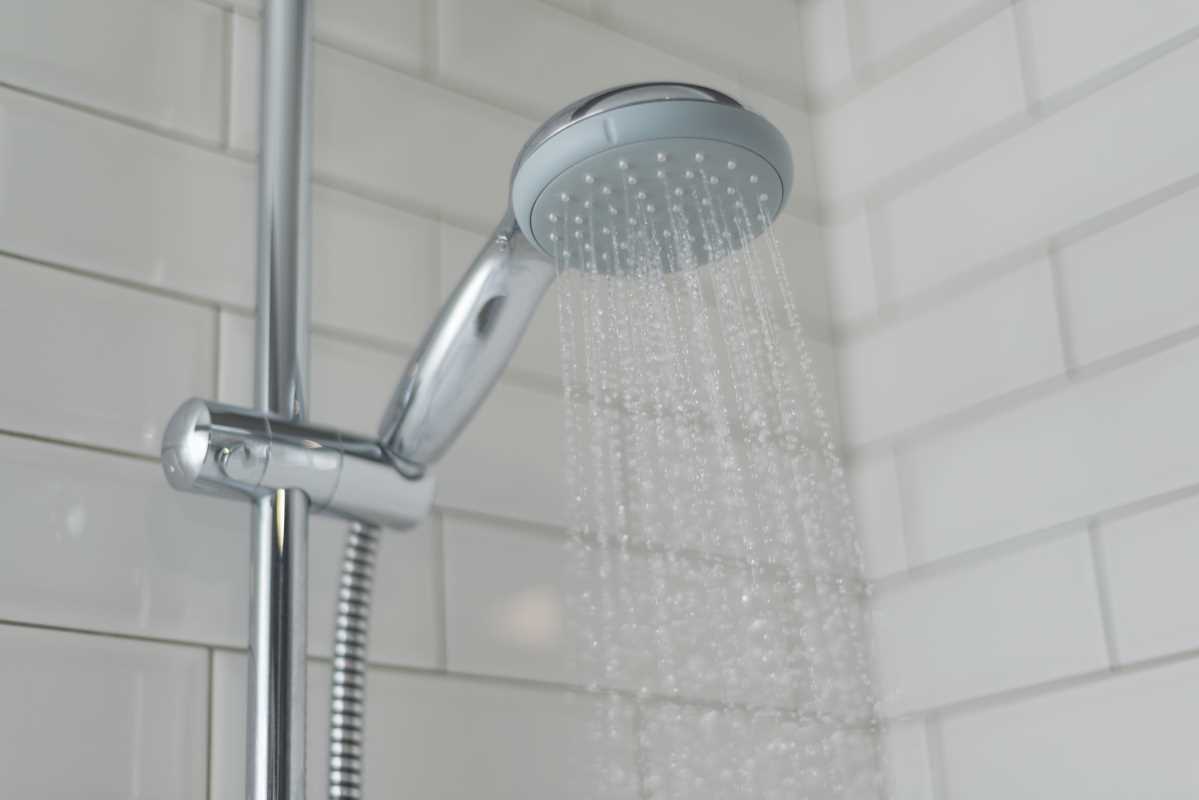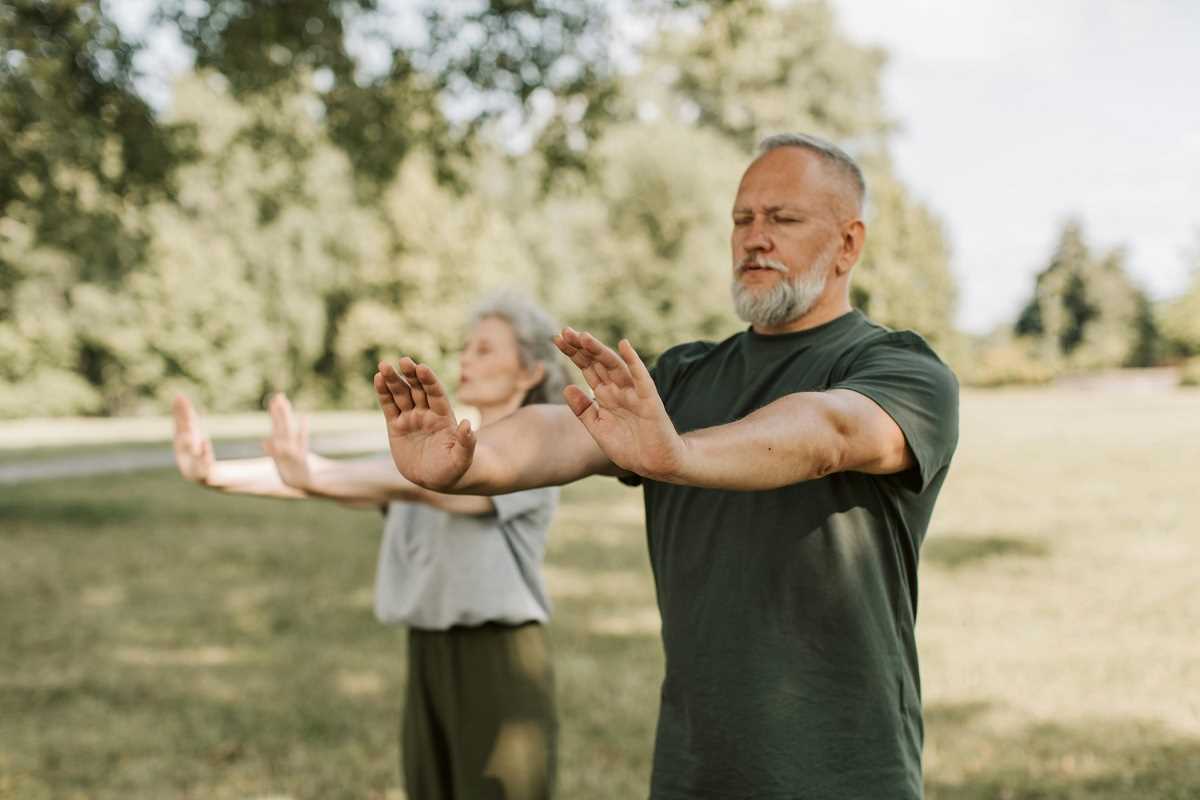You’re feeling a bit run-down and tired of catching every little thing that goes around. At the same time, your social media feed is suddenly full of people willingly plunging into icy water or sweating it out in a sauna, all while talking about how amazing they feel. It seems extreme, but you can't help but be curious. Could intentionally exposing yourself to hot and cold temperatures actually make you stronger and more resilient? The idea, known as contrast therapy, is all about using temperature as a tool to challenge your body in a controlled way, potentially boosting your circulation, mood, and overall readiness to handle stress, which are all key parts of a resilient immune system.
What is Cold and Heat Therapy?
Cold therapy is exactly what it sounds like: deliberately exposing your body to cold temperatures for a short period. This can be as simple as ending your daily shower with a 30-second blast of cold water, or as intense as sitting in a tub full of ice or taking a dip in a specialized cold plunge tank. Heat therapy is its opposite, involving sitting in a traditional sauna or steam room, or even just soaking in a hot bath. The real magic happens when you combine them. Contrast therapy is the practice of alternating between hot and cold, for example, sitting in a sauna for 15 minutes and then immediately taking a one-minute cold plunge.
Your Body’s Reaction to Temperature Swings
When you expose your body to cold, your blood vessels clamp down in a process called vasoconstriction. This is your body’s attempt to pull blood toward your core to protect your vital organs. When you switch to heat, the opposite happens: your blood vessels open up wide in a process called vasodilation, sending blood rushing back out to your skin. This rapid switching between constriction and dilation acts like a pump for your circulatory system, helping to move blood and lymphatic fluid throughout your body. The shock of the cold also triggers a release of stress hormones like norepinephrine, which can make you feel alert and focused. Over time, some evidence suggests this can even activate a special type of fat called brown fat, which helps your body generate heat.
Potential Benefits for Resilience and Mood
This powerful physiological response may come with several benefits. The boost in circulation can help flush out metabolic waste from your tissues, which may aid in muscle recovery after exercise. The surge of norepinephrine from cold exposure is strongly linked to improved mood and focus, which is why many people report feeling energized and clear-headed after a cold plunge. For immune resilience, the theory is that these short, controlled bursts of stress can make your body more robust and better prepared to handle real-world stressors, like pathogens. It's like a workout for your nervous and circulatory systems. However, it's important to note that people with certain heart conditions or who are pregnant should avoid these extreme temperature changes and always consult a doctor first.
How to Get Started Safely
You don't need an expensive setup to begin. A great starting point is with contrast showers. At the end of your regular warm shower, turn the water to cold for just 15 to 30 seconds. Do this for a week, then try alternating: one minute hot, 30 seconds cold, repeated three times. If you have access to a sauna, you can try a protocol of 15 minutes in the heat followed by a one-minute cold shower. A good weekly cadence to start with is two to three sessions. The key is to start slow and gradually increase the duration of the cold as your body adapts.
Safety First: Listen to Your Body
The most important rule in temperature therapy is to listen to your body. This should feel challenging, but not dangerous. Never push yourself to the point of severe shivering or dizziness. Always make sure you are well-hydrated before and after, especially when using a sauna, as you will lose a lot of fluid through sweat. It's also best not to do these sessions alone, particularly when using an ice bath or cold plunge. Having a partner nearby is a smart safety precaution. The goal is to create a positive stress response, not to put yourself in harm's way.
Tracking How Your Body Responds
How do you know if it’s working for you? You can track your personal response by paying attention to a few simple signals. Notice how you feel immediately after a session and in the hours that follow. Do you feel more energetic and focused? Monitor your sleep quality using a wearable tracker or simply by noting how rested you feel when you wake up. You can also keep an eye on your resting heart rate; for many people, a consistent recovery practice can lead to a lower resting heart rate over time. These personal observations will help you fine-tune your routine and find the right dose of hot and cold that makes you feel your best.
 (Image via
(Image via





